
Environment
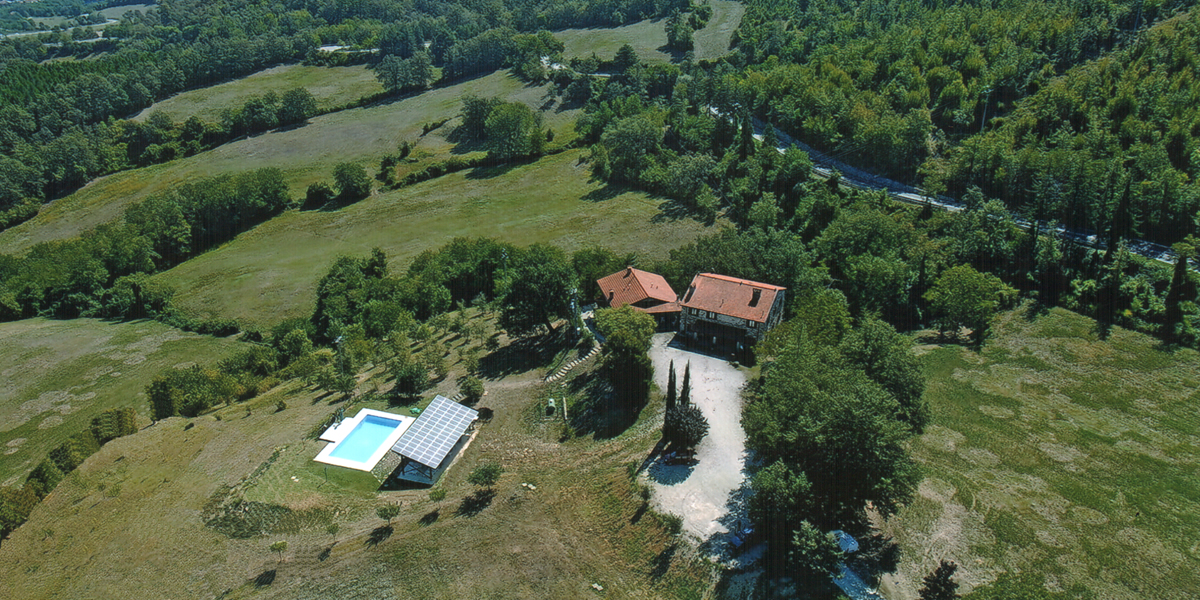
The sequence of hilly crowns that it descend gradually from the mountains appenniniche, the to alternate itself of sweeter reliefs to small valleys, offers together a suggestive view of.
On the reliefs an is noticed to follow him of ample lawns (primarily used for the pasture of cattle, equine and ovine) and of woods.
Going down toward the hills, the progressive one is noticed to prevail of zones cultivated, even if the pastures still persist. They also notices terrestrial corroded (frequent the phenomenon of the calanchis) that, alternating itself with those green, they offer a variety of aspect to the landscape. The rural installations in the mountain are rare a great deal, while they are starting to become around the line of the 500 meters frequent. Their number obviously increases in the hilly part and in the lowland, where a typology of particular installation is noticed:
the main houses and the farms on one side, the agricultural houses from the other, united ideally from the necessities of the agricultural project.
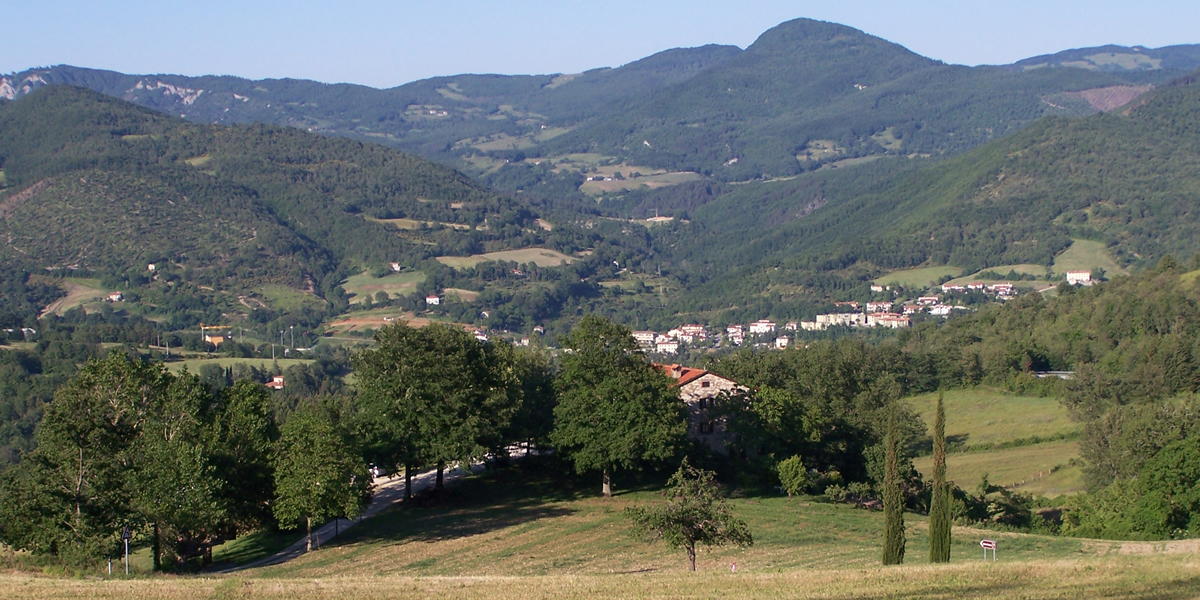
For the vegetation it is noticed how much it follows:
from 400 to 800 - 1000 meters high are followed woods of oaks of cerri and of chestnut trees. The grassy plants are the Vesparia, the Lily caprino, the Language cervina.
Climbing toward the 1000 meters, woods of beech tree and grasses as the Asperula, the wood sorrel, the anemone and the Belladonna are met. In the clearings they there was room for Raspberries, Asfodeli, Kites, Crocuses.
Here and there small woods of pine and fir can be noticed, been born following an initiated politics of reforestation after the second world war.
They meets mammalian (fallow deer, roes, wild boars, wolves, foxes, rates, skunks, weasels, hunger); rodents (porcupines, dormouses, curly, moles, squirrels); rapacious (owls, owls, owls, barn owl, buzzards, hawks, sparrow hawks); volatile communes (jays, titmouses, woodpeckers, cuckoos, upupe, crows, magpies, blackbirds); repent (lizards, ramarri, water's biscie, biacchi, vipers).
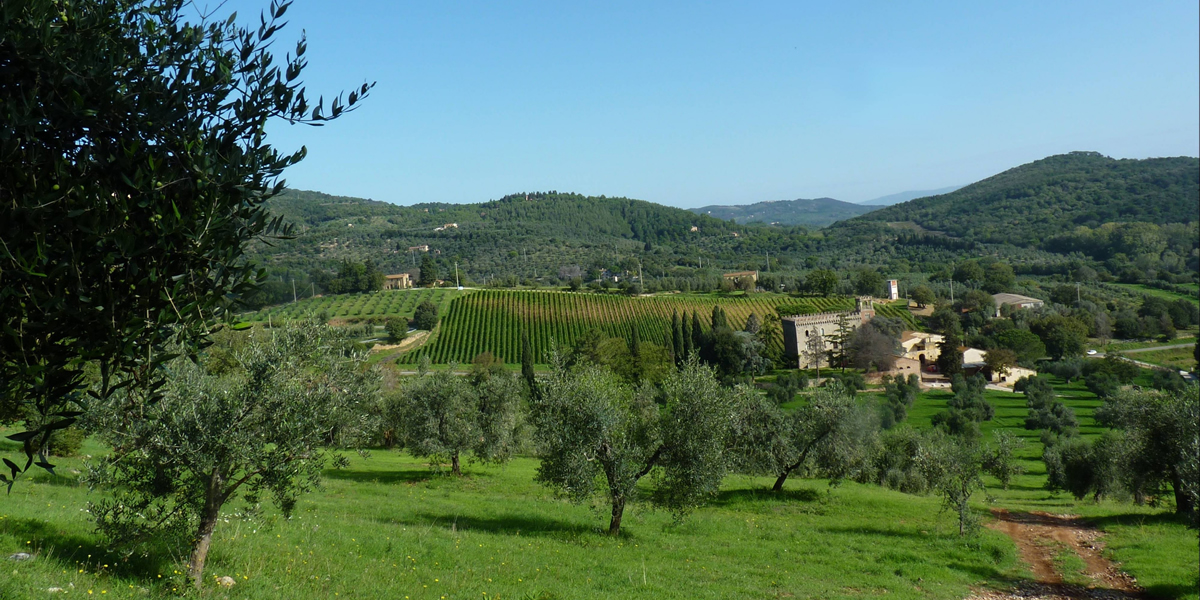
Don't forget that the extreme variety show of the runs and the vegetation, the frequent novelty of the landscape perspectives, the possibility to meet traces of ancient roads or ancient housing or military installations, over that of structures destined to the pity and the prayer, they do of this valley and of these mountains a scenery that evokes with immediateness the description done of it from Plinio the young one, the enchantment that Francis of Assisi aroused you, the strength that the men have always expressed you with the job or with the heroism of the weapons, the sweetness that the most greater artists gathered you.
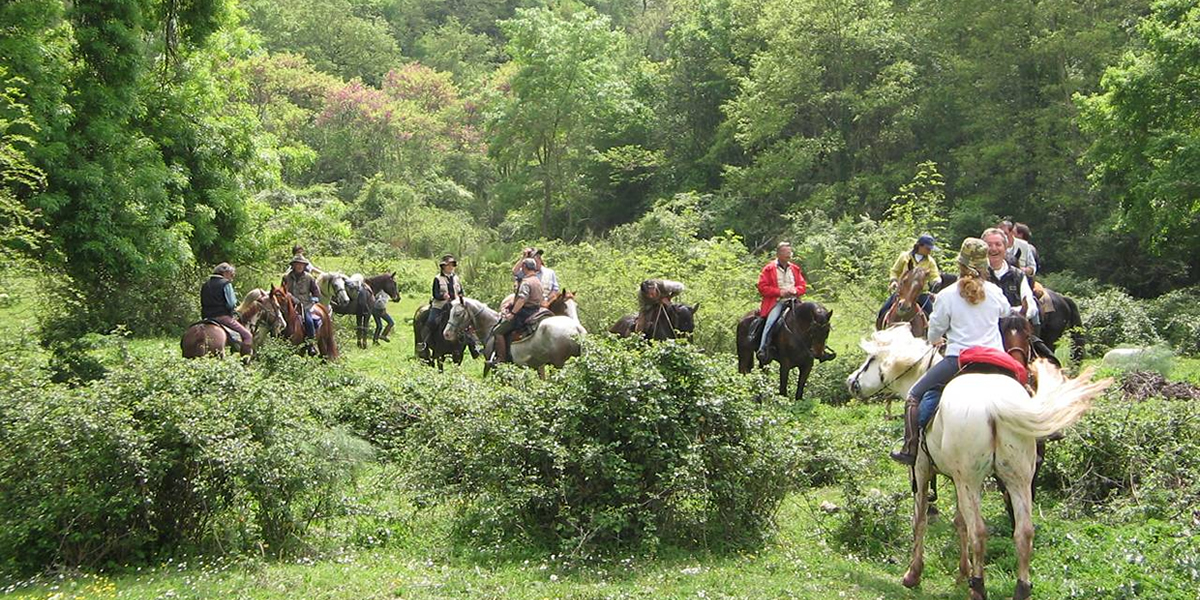
An environment of this type is lent to the most different excursions afoot and to horse. The runs globally develop him for 320 Kms and it can be studied according to a daily division, practicable in the middle time of five or six hours. Obviously, if the horse is used, or, when the bicycle is possible, the times reduce him. In every case, to the middle duration of route they owe the standstills to be assistant for the meals, the visits and breves moments of rest. The itineraries can easily be followed thanks to the system of signs traced in white-red varnish according to the conventions. Indicative poster of direction are used you also post to the principal intersections.
These itineraries can satisfy all attended ones her of those people who are introduced in an uncontaminated environment and they want to draw its palpable image of the beauty and the peace.
In Valtiberina there are 4 Natural Reserves ("Alta Valle del Tevere - Monte Nero", "Monti Rognosi", "Bosco di Montalto", "Alpe della Luna").
I testi sono stati tratti da: "Quattro itinerari in Valtiberina" - COMUNITÀ MONTANA VALTIBERINA TOSCANA
"Valtiberina" - AZIENDA DI PROMOZIONE TURISTICA DI AREZZO
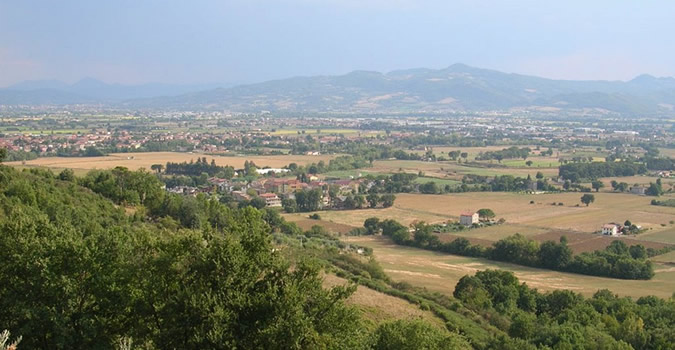
Countries of Valtiberina
Here is the list and details of all municipalities in the Upper Tiber Valley:
Anghiari
Badia Tedalda
Caprese Michelangelo
Monterchi
Pieve Santo Stefano
Sansepolcro
Sestino
Two more reasons to visit the Tiber Valley in all its beauty: